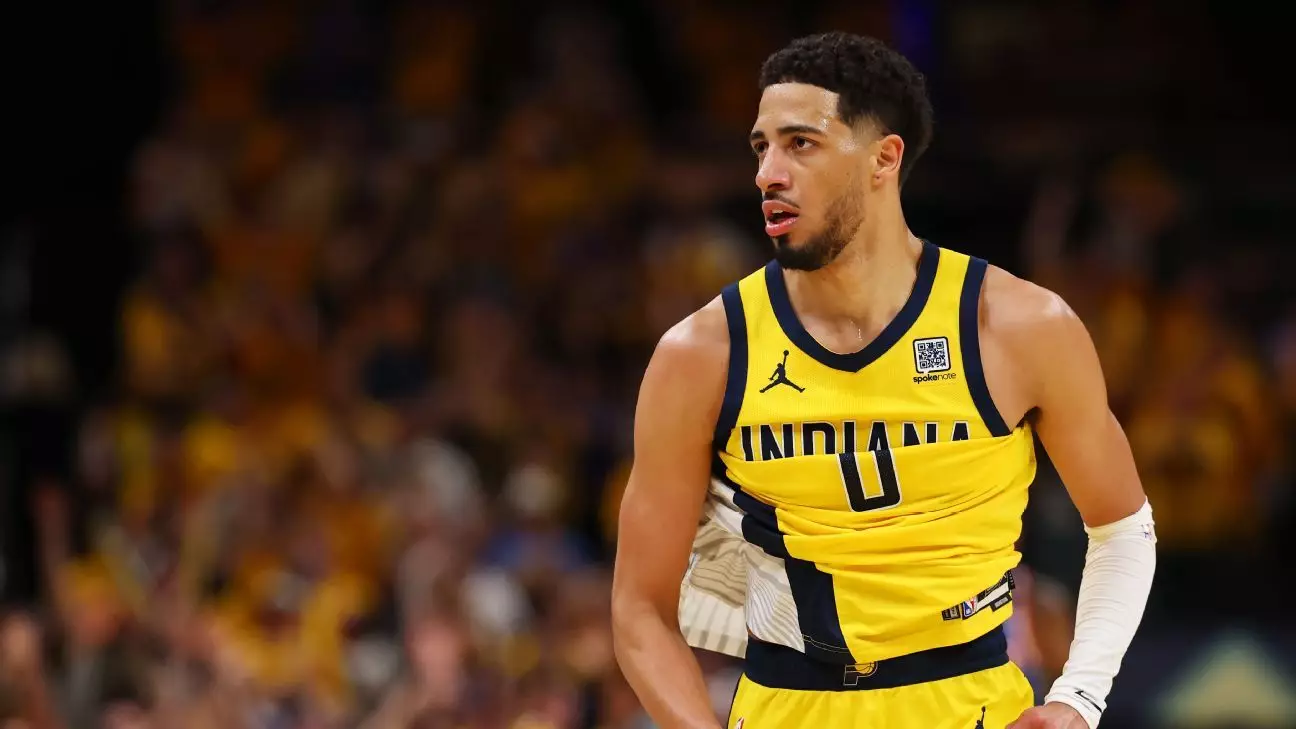The recent surge in Achilles injuries within the NBA has become a focal point of concern and speculation. Players like Tyrese Haliburton have publicly voiced skepticism about attributing these injuries solely to overuse or scheduling fatigue. His stance underscores an important facet of modern sports medicine: despite extensive research and technological advances, the root causes of such injuries often remain elusive. Instead of scapegoating workload or season length, Haliburton smartly points to the unpredictable and sometimes cruel nature of sports-related injuries—what many would describe as pure bad luck.
This perspective challenges the prevalent narrative that the sport’s physical demands are responsible for the spike in Achilles tears. While it’s tempting to assume that more games and increased mileage inherently raise risk, data and expert opinions, including those from NBA officials, suggest otherwise. Thrusting injury prevention into a simplified cause-and-effect debate ignores the complex biomechanical and physiological factors at play. It’s a reminder that even with optimal training, recovery, and monitoring, athletes can still fall prey to injuries that seem to strike without warning, illustrating the unpredictable nature of human bodies in high-stakes environments.
The Unseen Complexity Behind Injury Mechanics
Haliburton’s own injury history underscores an essential truth: injuries are often multifactorial rather than attributable to a single cause. His Achilles tear was linked to a pre-existing calf strain, yet he notably continued to compete, passing stress tests and feeling confident before taking the court. Such scenarios reveal that even rigorous medical assessments can’t always predict vulnerabilities. Athletes are pushing their limits, often masking pain or discomfort, which can exacerbate underlying issues.
Moreover, Haliburton’s situation raises questions about the psychological and physical toll of playing through injury. The pressure to perform, coupled with the adrenaline of high-stakes playoff games, can lead players to ignore early warning signs. In his case, feelings of vitality going into Game 7 contrasted sharply with the devastating injury that ensued—highlighting how fleeting and fragile athletic performance can be. It also accentuates the importance of mental resilience and the need for better injury risk management, balancing ambition with caution.
Reevaluating the Future of Injury Prevention and Player Welfare
The debate surrounding long seasons and increased playing minutes remains nuanced. While some argue that longer seasons and intensively scheduled games elevate injury risks, evidence presented by NBA authorities suggests that Achilles injuries tend to cluster in the early parts of the season, dismissing a straightforward correlation. This insight points to a broader issue: perhaps the focus should shift from workload alone to more sophisticated monitoring methods, biomechanical assessments, and holistic athlete care.
Furthermore, Haliburton’s proactive approach to his recovery and his philosophy of using downtime to improve his mental and strategic understanding of the game exemplify a positive shift in athlete mindset. Instead of viewing injury as a career-ending catastrophe, he demonstrates how setbacks can be opportunities for growth—mentally, tactically, and professionally.
In essence, the ongoing pattern of Achilles injuries calls for an overhaul of injury prevention strategies. Rather than pinning blame on external factors, the basketball community might benefit from investing in innovative research, personalized training regimens, and mental health support. The future of basketball depends not just on players’ athleticism but on cultivating environments that prioritize long-term health over short-term success. This evolving narrative challenges the sport to find new ways to protect its stars, ensuring that injuries do not become an inherent cost of greatness.

